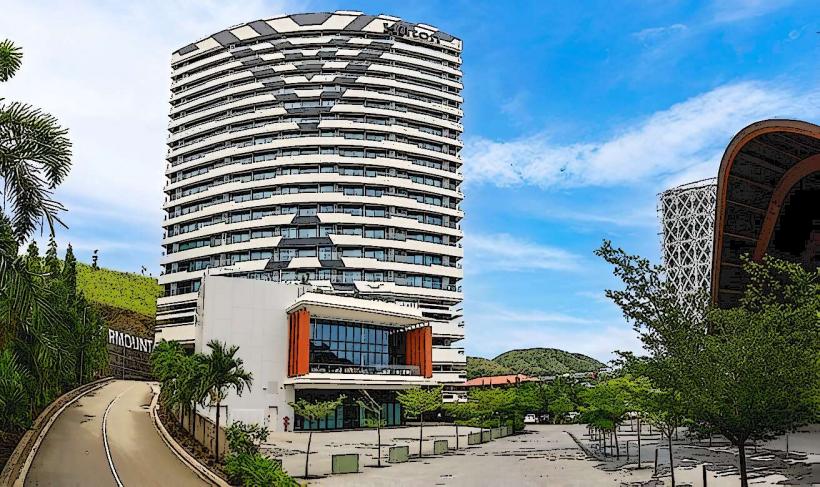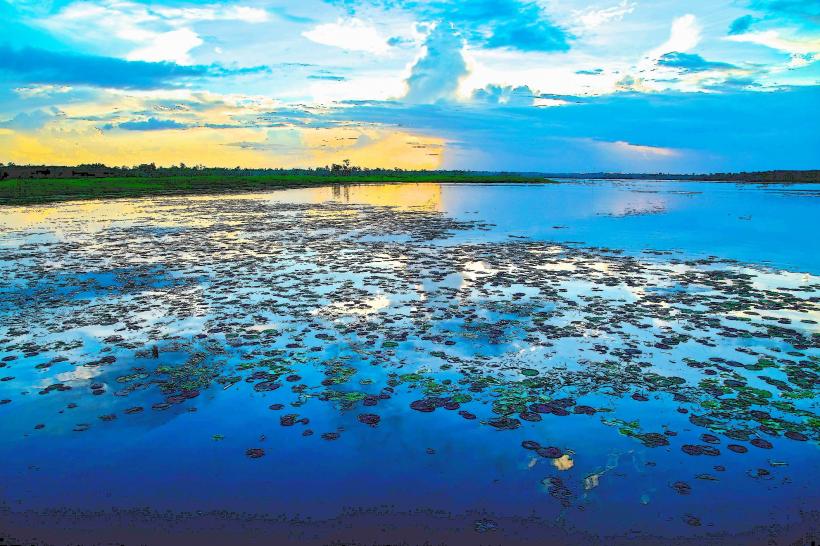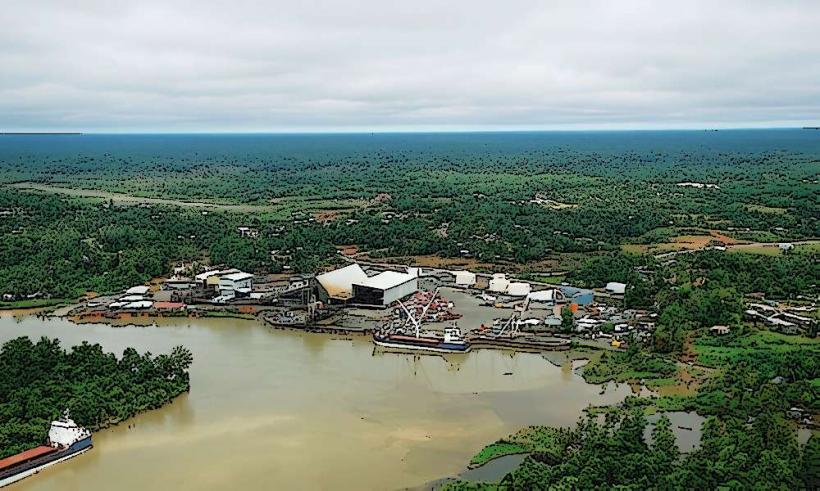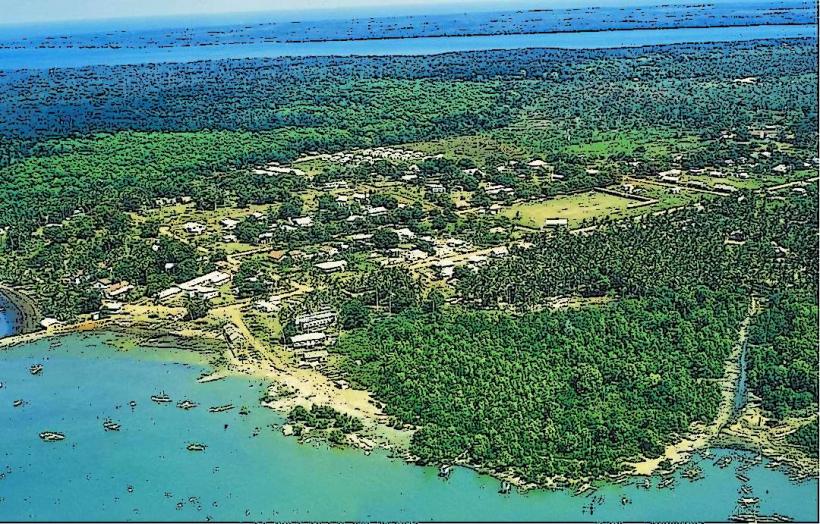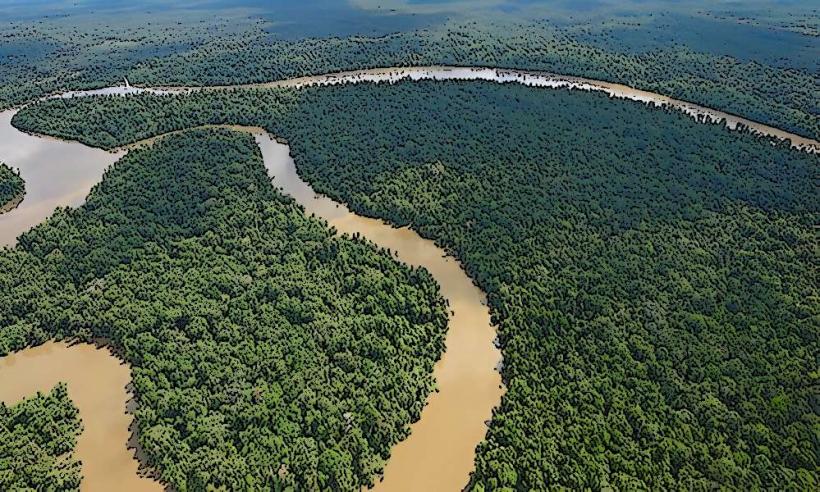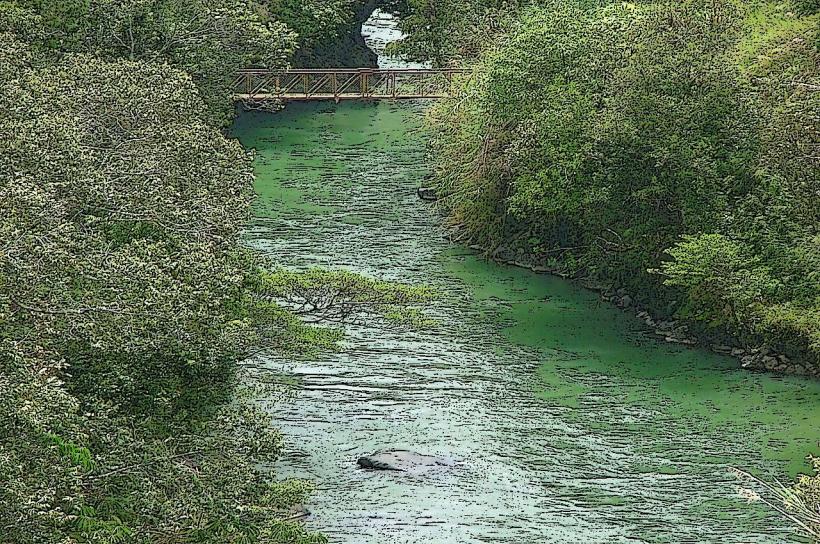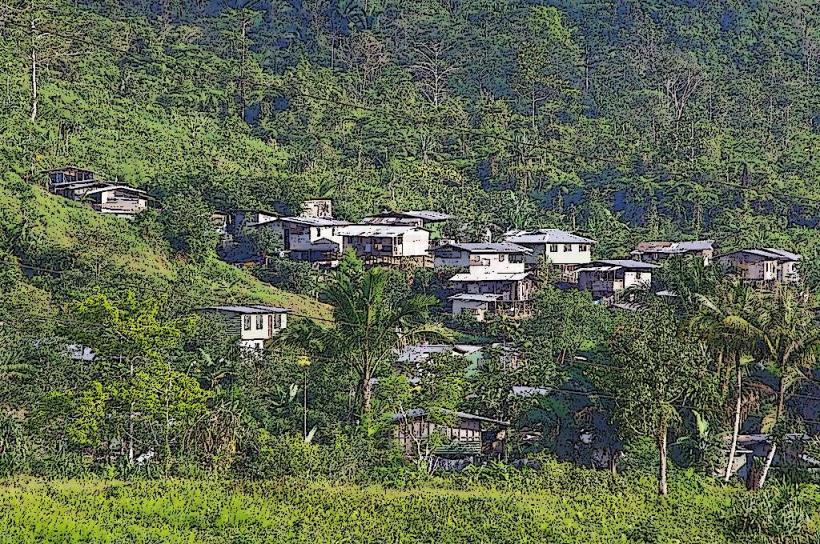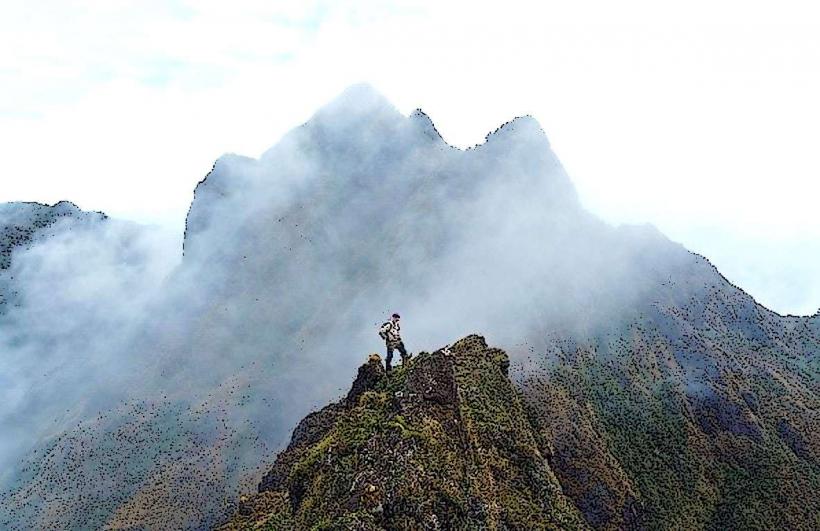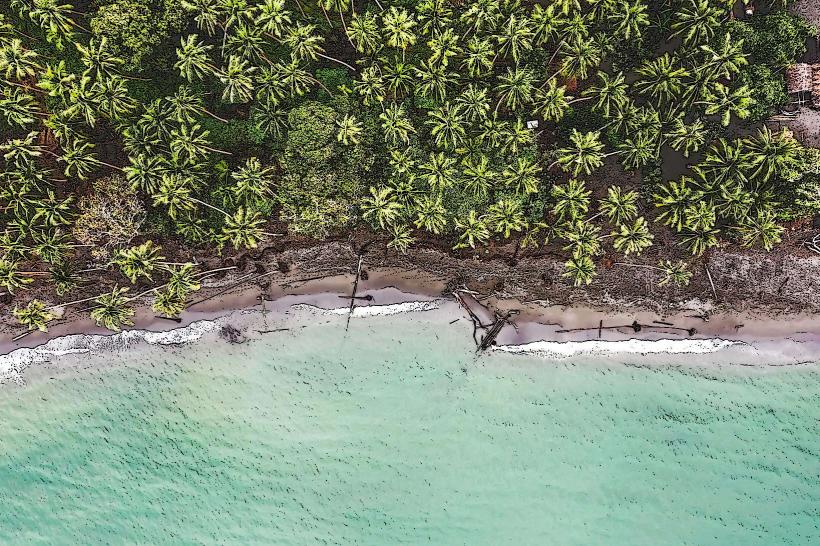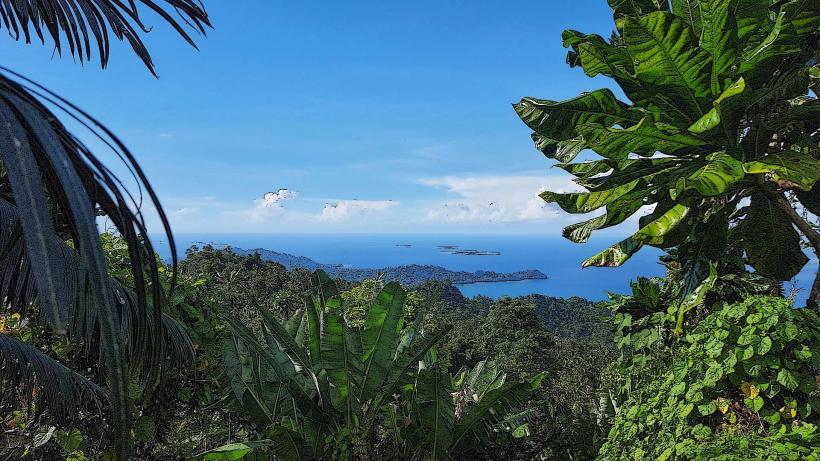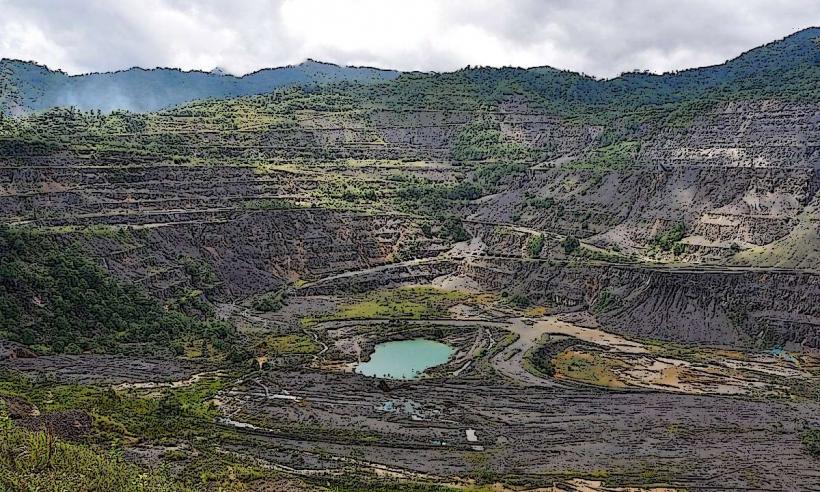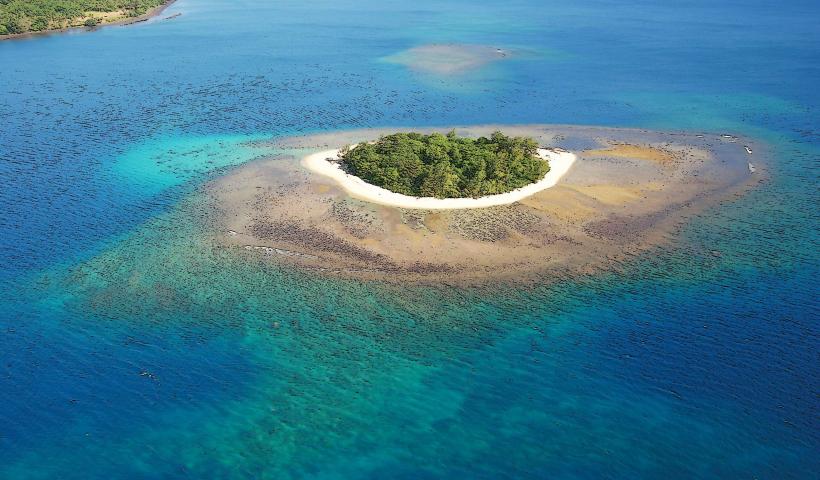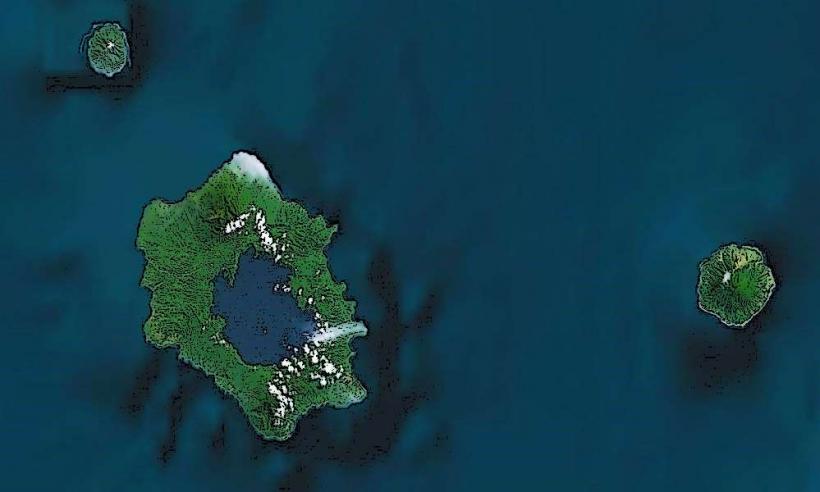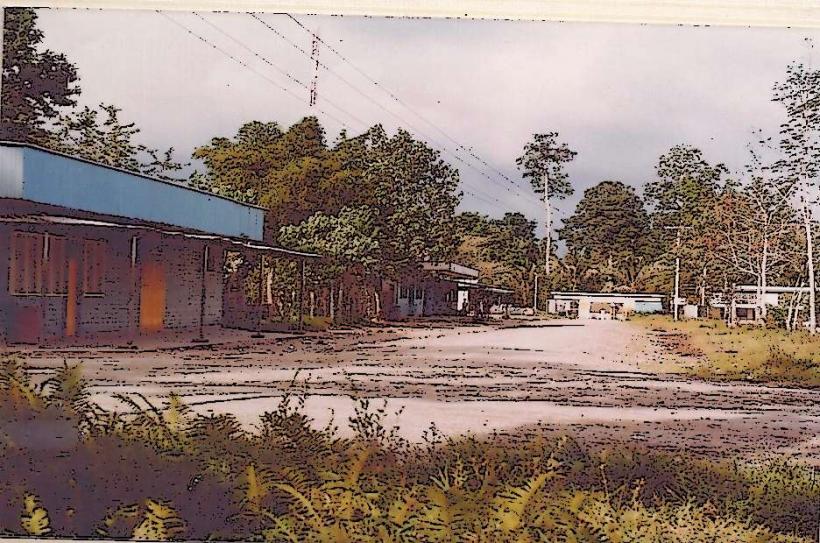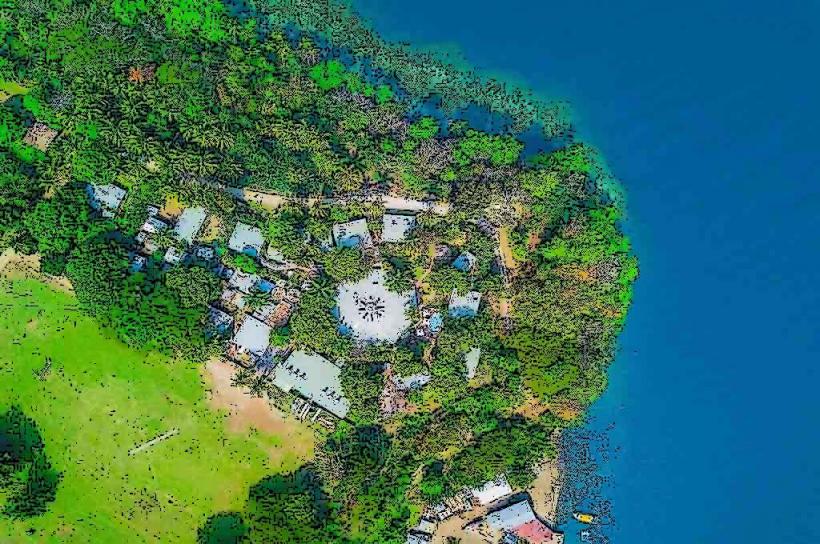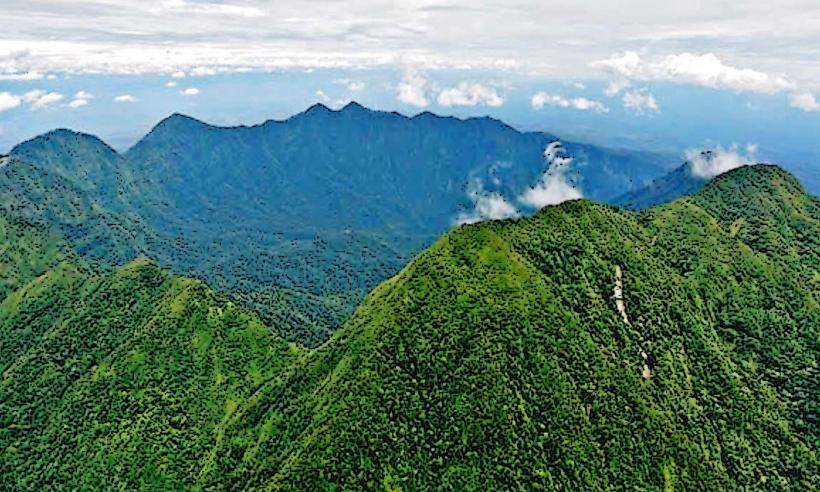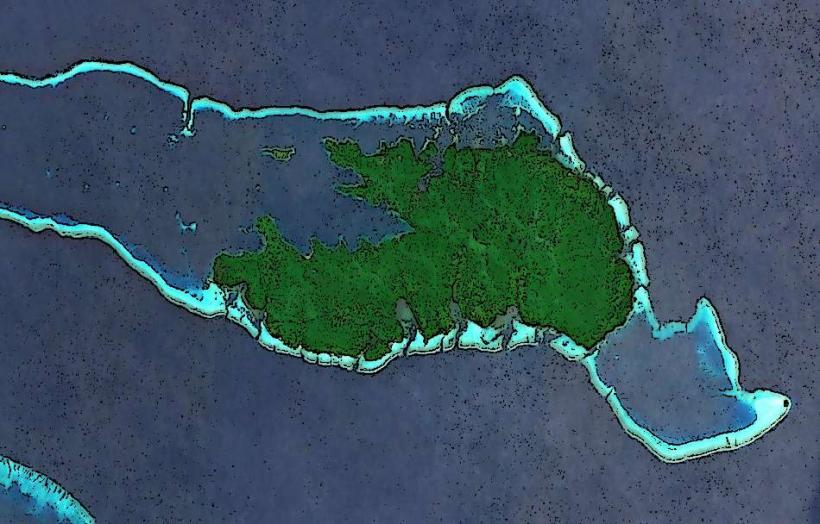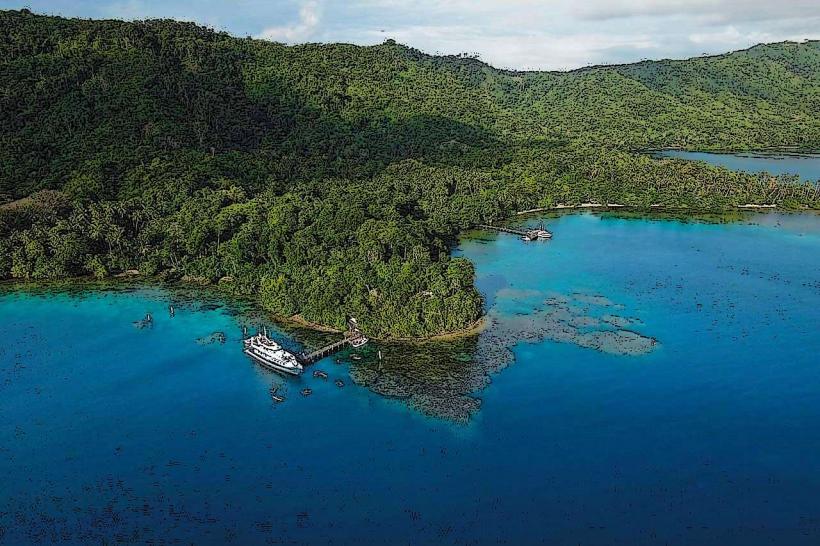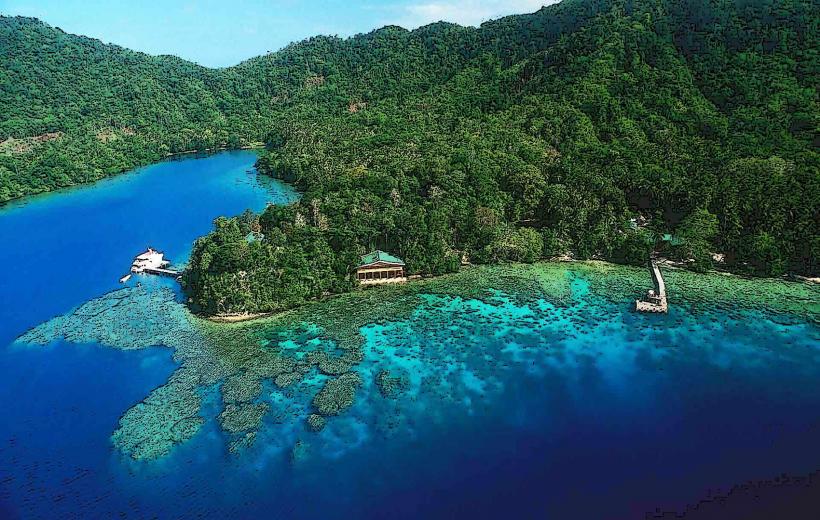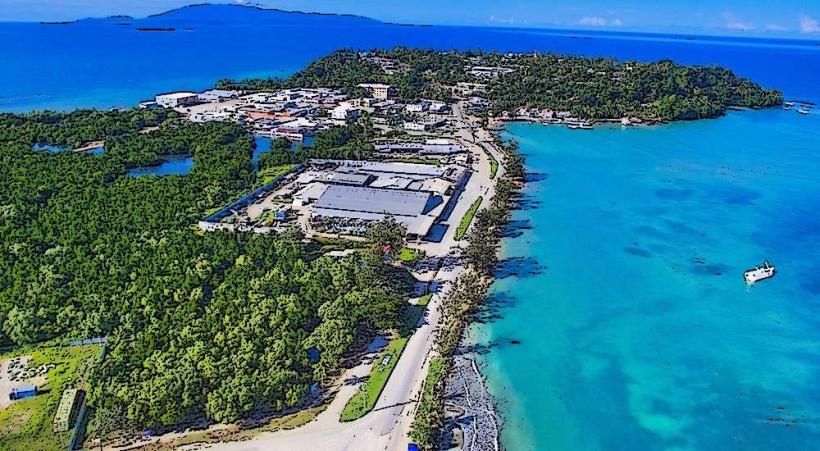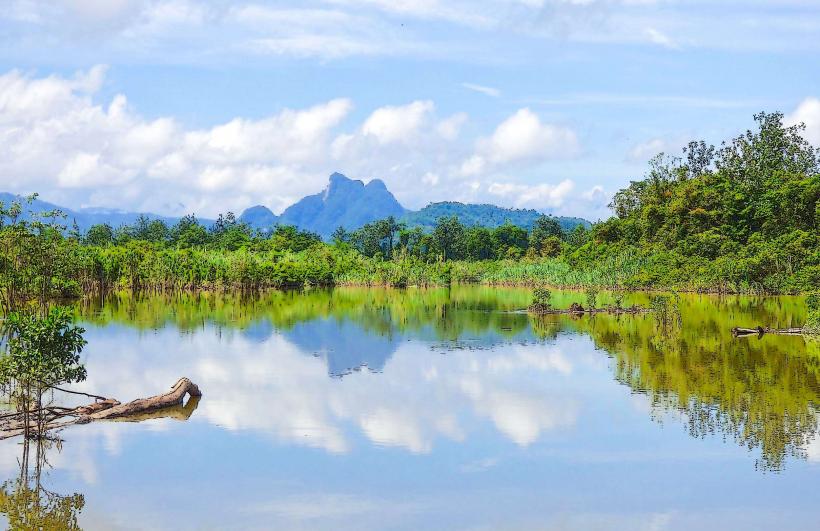Information
Landmark: Baliem ValleyCity: Provice Area
Country: Papua New Guinea
Continent: Australia
The Baliem Valley is one of the most famous and culturally significant regions in Papua, Indonesia. It is located in the central highlands of the island of New Guinea and is home to several indigenous groups with unique cultures and traditions. Here’s a detailed look at Baliem Valley:
Geography and Location
- Location: Baliem Valley is situated in the Central Highlands of Papua province, in the western part of New Guinea Island. It lies within the Wamena district, which is the administrative center for the valley.
- Coordinates: The approximate coordinates of the Baliem Valley are -4.0833° S, 138.8333° E.
- Elevation: The valley is located at an altitude of around 1,600 meters (5,250 feet) above sea level, providing it with a relatively cool and temperate climate.
Physical Features
- Terrain: Baliem Valley is a fertile, expansive valley that stretches over approximately 70 kilometers (43 miles) in length. It is surrounded by towering mountain ranges, including the Jayawijaya Mountains to the north and the Bintang Mountains to the south. These mountains contribute to the region’s dramatic landscapes, with deep river gorges, lush forests, and steep slopes.
- Rivers and Waterways: The Baliem River, the primary river of the valley, flows through the region, providing a vital water source for both the people and the ecosystem. The river is often a central feature of local life, used for irrigation, transportation, and fishing.
Climate
- Cool and Temperate: Due to its high altitude, Baliem Valley enjoys a cool climate compared to the lowland areas of Papua. The temperatures range from 16°C (60°F) to 24°C (75°F) throughout the year, making it an ideal environment for agriculture, especially crops like sweet potatoes and taro.
- Rainfall: The valley experiences a moderate to high amount of rainfall throughout the year, with the wettest months typically being from November to March.
Cultural and Ethnic Groups
- Indigenous Populations: Baliem Valley is primarily inhabited by various indigenous groups, including the Dani, Lani, and Yali people. These groups have lived in the valley for centuries and maintain distinct cultural practices, languages, and social structures.
- Dani People: The Dani are the most well-known group in the valley, particularly famous for their unique stone-age-like way of life, traditional clothing, and intricate customs. They are known for wearing koteka (traditional penis sheaths) and using natural materials to craft tools, weapons, and ornaments.
- Lani People: The Lani people live in the northern part of the valley, and their culture is closely linked to the Dani, with similar customs, agricultural practices, and spiritual beliefs.
- Yali People: The Yali people live in the southern parts of the valley and are known for their distinct language and customs.
Cultural Significance
- Traditional Way of Life: The people of Baliem Valley traditionally rely on subsistence agriculture, growing crops such as sweet potatoes, yams, taro, and corn. Pig farming is also an important aspect of their culture, and pigs are used in traditional ceremonies, feasts, and exchanges.
- Warrior Culture: Historically, the tribes of Baliem Valley were known for their warrior culture, and tribal warfare played a significant role in shaping the social and political dynamics of the region. This warrior tradition has been romanticized in modern times but was an important aspect of tribal life in the valley before the arrival of missionaries and outsiders.
- Festivals: The Baliem Valley Festival, held annually in Wamena, is a celebration of the region’s indigenous cultures. The festival brings together the Dani, Lani, and Yali people for traditional dances, ceremonies, and reenactments of historical events. Visitors from around the world come to witness the vibrant cultural performances, including mock battles, traditional dances, and displays of tribal art.
Tourism
- Baliem Valley as a Tourist Destination: The valley has become an increasingly popular destination for cultural tourism and adventure travel. The unique combination of dramatic natural landscapes, indigenous cultures, and opportunities for trekking, hiking, and wildlife watching makes it an attractive destination for those looking to experience an authentic part of Papua.
- Trekking and Exploration: Visitors to Baliem Valley often engage in trekking and hiking expeditions, exploring the valley's remote villages, ancient terraces, and rugged terrain. Trekking through the valley provides an immersive experience into the daily life of the indigenous communities.
- Wamena: The town of Wamena, located in the heart of the Baliem Valley, serves as the gateway for travelers. It is well-connected to Jayapura (the capital of Papua Province) and offers basic facilities, such as accommodations, restaurants, and tour services, although it remains relatively undeveloped compared to more tourist-oriented regions of Indonesia.
Flora and Fauna
- Biodiversity: The Baliem Valley is home to a wide variety of flora and fauna, many of which are endemic to the central highlands of New Guinea.
- Flora: The valley is rich in rainforest vegetation, with dense forests covering much of the area. In higher altitudes, the forests give way to alpine plants and grasslands.
- Fauna: The valley is home to a variety of wildlife, including birds of paradise, cassowaries, and a wide range of insects, amphibians, and mammals. The surrounding mountains also offer opportunities for wildlife enthusiasts to observe species such as the New Guinea wild pig and tree kangaroos.
Challenges and Issues
- Modernization and External Influences: While Baliem Valley remains one of the most culturally preserved regions of Papua, the traditional way of life is slowly being affected by modernization. The introduction of cash crops, mining, and tourism has brought both economic opportunities and environmental challenges to the region.
- Access to Services: The remote location of Baliem Valley means that access to healthcare, education, and infrastructure can be limited. This has created disparities between the traditional way of life and the influence of the outside world.
Conclusion
Baliem Valley is a remarkable cultural and natural gem in Papua, Indonesia, offering a fascinating window into the lives of the indigenous peoples of New Guinea. The stunning landscapes, unique cultures, and vibrant traditions make it one of the most compelling regions for travelers interested in cultural immersion and adventure tourism. Despite the pressures of modernization, the valley continues to preserve its rich heritage and remains a living testament to the resilience and diversity of Papua's indigenous cultures.

